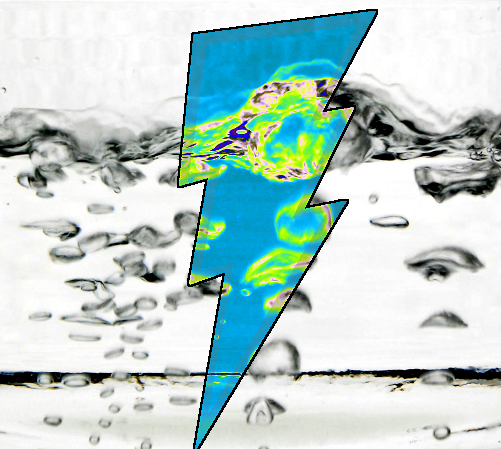New funds back big electrolysers
 The Federal Government is funding some of the largest hydrogen electrolysers in the world.
The Federal Government is funding some of the largest hydrogen electrolysers in the world.
The Australian Renewable Energy Agency (ARENA) has approved $103.3 million in funding for three commercial-scale renewable hydrogen projects.
The three successful projects are:
-
Engie Renewables Australia Pty Ltd (Engie): $42.5 million for a 10 MW electrolyser project to produce renewable hydrogen in a consortium with Yara Pilbara Fertilisers at the existing ammonia facility in Karratha, Western Australia
-
ATCO Australia Pty Ltd (ATCO): $28.7 million for a 10 MW electrolyser for gas blending at ATCO’s Clean Energy Innovation Park in Warradarge, Western Australia
-
Australian Gas Networks Limited (AGIG): $32.1 million in funding for a 10 MW electrolyser for gas blending at AGIG’s Murray Valley Hydrogen Park in Wodonga, Victoria
At 10 MW, the electrolysers in these hydrogen plants will be among the largest so far built in the world.
The electrolysers will produce green hydrogen fuel (powering the separation of hydrogen and oxygen with renewable energy supplies), but in order to appease the Morrison Government’s love of fossil fuels, the hydrogen will eventually be blended with non-renewable liquefied natural gas.
Engie will use renewable hydrogen to produce ammonia at the Yara Pilbara Fertilisers site, while ATCO and AGIG’s projects will use renewable energy to produce renewable hydrogen for gas blending into existing natural gas pipelines.
Engie, ATCO and AGIG must now satisfy a number of development conditions and achieve financial close before funding is released.
ARENA CEO Darren Miller said renewable hydrogen presents an opportunity to help reduce emissions globally and locally, transform our energy system, and create a new export industry for Australia.
“With more than $100 million in funding, we’re hoping to build some of the biggest hydrogen electrolysers in the world, with the ultimate goal of bringing down the cost of hydrogen produced using renewable energy and growing our skills and capacity to meet future global demand for hydrogen,” he said.







 Print
Print